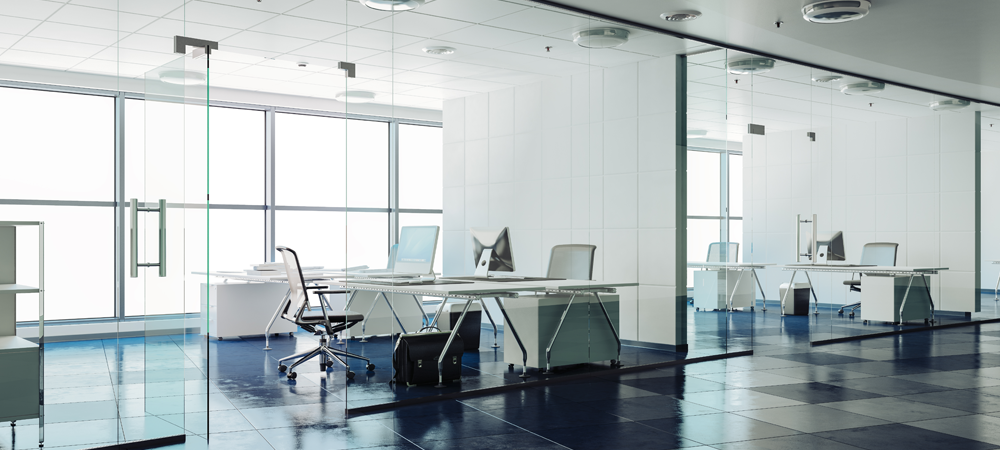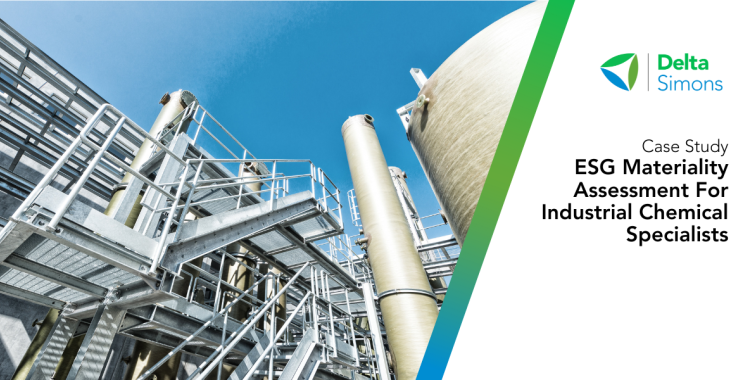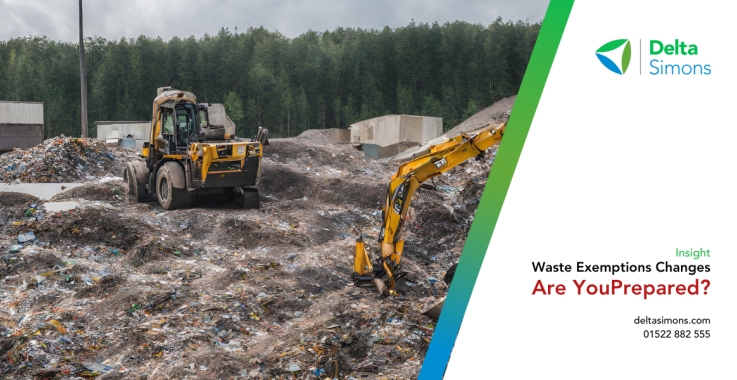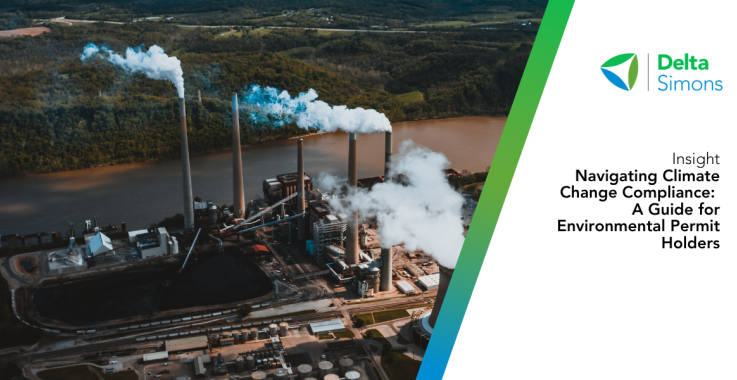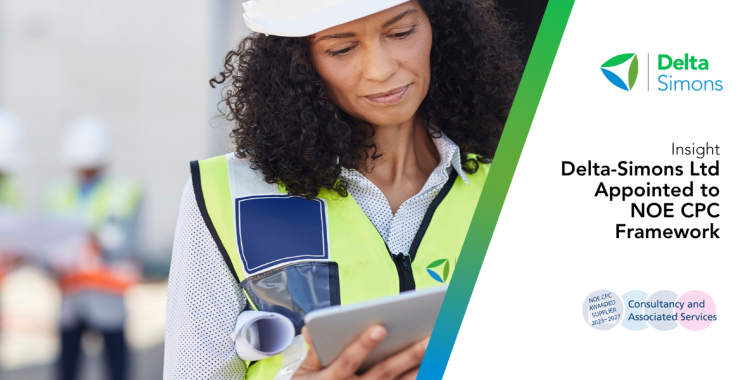Workplace & Environment
Workplace Consultants
The workplace environment can affect the health, comfort and productivity of employees. Issues such as indoor air quality, lighting levels and nuisance noise can all impact the wellbeing of building occupants, without being an obviously hazardous condition.
The interaction of people with their environment, especially the equipment they use, can also be detrimental.
By assessing these environmental conditions and mitigating the impacts on employees an organisation can significantly improve the performance of employees whilst at work.
Services we offer
Indoor Air Quality Assessment
Indoor air quality (IAQ) can have a significant influence on the comfort, health and wellbeing of employees. Pollutants such as nitrogen oxide, ozone, carbon dioxide, volatile organic compounds (VOCs), particulate matter and airborne bacteria can all have a detrimental impact on how productive employees are in the workplace.
The impacts on health depend on the toxicity, concentration and period of exposure. Our air quality experts can assess the risk; conduct in-situ testing for a suite of different pollutants and recommend actions to improve air quality for a more comfortable and productive environment.
Noise Assessment & Monitoring
Excessive noise can be intrusive and also a health hazard. Whether you are in an office, retail, construction or manufacturing environment, the impact of noise on employees should be assessed.
We carry out noise risk assessments to determine who may be at risk, establish the level of noise exposure and recommend control measures to reduce the risk.
Where in-situ noise monitoring is required, we can assess a specific task (such as a construction or manufacturing process) or provide assessment of long term occupational exposure within the workplace.
Radon Monitoring
Employers must assess the risks to their employees arising from the work environment - this includes exposure to radon gas.
Radon is a naturally occurring radioactive gas which can concentrate within buildings. Where radon levels are found to be over the non-domestic action level, an employer is legally required to take action to mitigate exposure of their employees to the radon gas.
We are accredited by the Radon Council to: assess the risk of radon; test for radon in the workplace; diagnose the cause of the elevated radon readings and provide expert advice on how to manage the risk or undertake remediation works. Also see geo-environmental radon and employers H&S obligations.
Water Quality Monitoring
Surface water such as rivers, lakes and reservoirs have many (often conflicting) uses in the community such as drinking water and drainage. Measurement of surface water quality with respect to key pollutants and noxious substances is key to ensuring that water based activities do not adversely affect the health of people and animals.
We are experienced in the process of sampling surface water bodies and interpreting the laboratory analysis to provide clear information on the safety of water. Also see geo-environmental bathing water quality testing.
Workstation Ergonomics
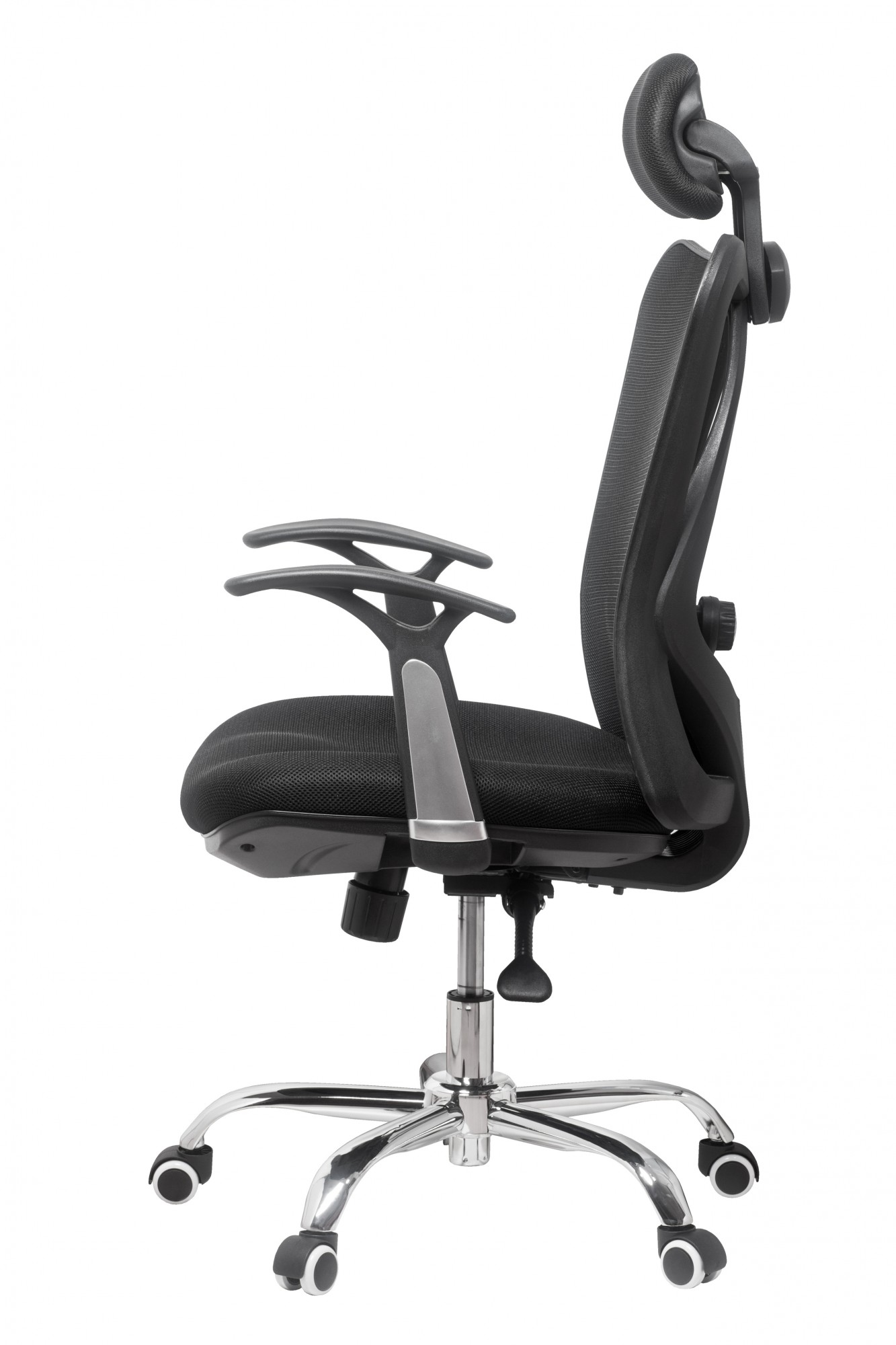 A poorly adjusted work set-up can lead to ergonomic injuries and chronic ailments such as carpal tunnel syndrome and upper limb, neck and back pain. This all leads to staff discomfort, reduced productivity, increased absenteeism and possible claims against the organization.
A poorly adjusted work set-up can lead to ergonomic injuries and chronic ailments such as carpal tunnel syndrome and upper limb, neck and back pain. This all leads to staff discomfort, reduced productivity, increased absenteeism and possible claims against the organization.
We perform ergonomics and manual handling risk assessments for our clients, covering a range of activities including desk-based and active roles in a variety of working environments. We identify risks with employees’ posture, equipment and working activites, as well as the implications this may have on the employee. If problems are identified, we provide cost effective solutions at an early stage which helps to avoid the development of chronic occupational diseases, absenteeism and also maintains a positive employee experience.
Manual Handling
Manual Handling causes over a third of all workplace injuries; the implications of these injuries are felt by both the injured person and the employer. When it is not possible to avoid manual handling completely, employees need to be educated in how to move objects around the workplace safely.
We support our clients by completing manual handling risk assessments and employee training to ensure that they handle materials in the most effective and least strenuous way.
